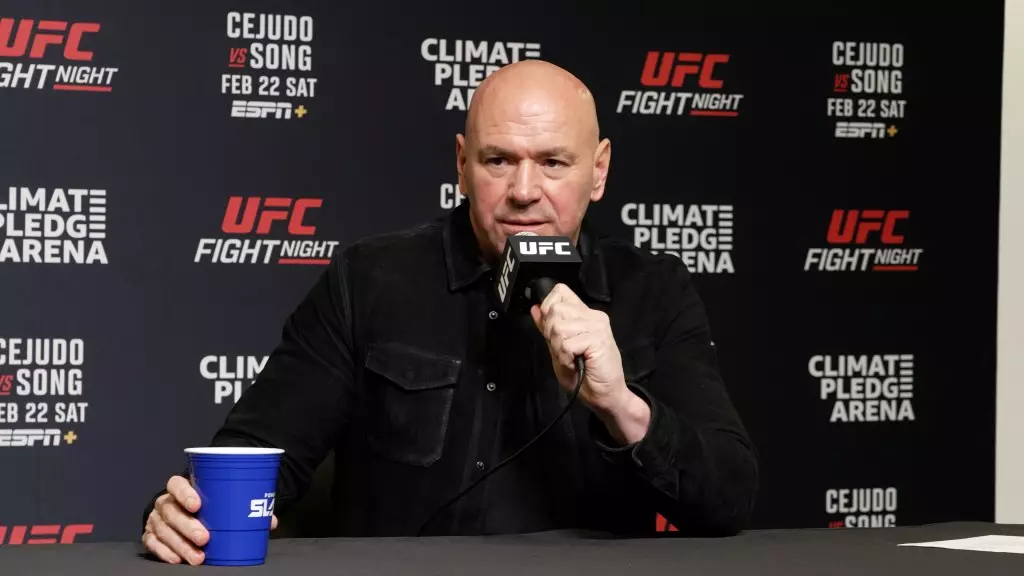The phenomenon of athletes seeking to capture multiple championships in the UFC has grown increasingly popular, raising questions about how the promotion manages and views these ambitions. UFC CEO Dana White shed light on this topic in the aftermath of Ilia Topuria’s decision to vacate his featherweight title. White’s remarks indicate a thoughtful consideration of the complexities surrounding dual titles, suggesting that the organization is open to the idea, but with certain expectations and conditions attached to such pursuits.
White remarked on the responsibilities that come with holding multiple championships, implying that fans and the promotion alike expect higher levels of activity from fighters who hold dual titles. “You’re going to be busy,” he explained, highlighting that while the opportunity exists for fighters to aspire to multiple belts, it requires a sustained commitment to defending both titles. This expectation is particularly relevant for fighters who may not have decisively dominated a single division, as White pointed out, using Jon Jones as an example of a successful transition who effectively ‘wiped out’ the light heavyweight division before moving up.
Ilia Topuria’s recent decision to vacate the featherweight championship underscores the complexities fighters face in juggling their careers. White expressed understanding of Topuria’s desire to move up to lightweight due to frustrations with weight management. This decision reflects a broader trend in the sport where an athlete’s well-being and career longevity can take precedence over maintaining a single title. It also highlights the fact that even as fighters strive for greatness, they must also consider practical aspects of competition, including weight classes and personal health.
The UFC has seen a select few forge their legacy as dual champions, with notable fighters like Conor McGregor and Amanda Nunes achieving this feat. However, White’s approach emphasizes that each case is unique and should be assessed individually rather than applying a blanket rule. This nuanced view recognises that while the idea of holding multiple titles is appealing, the context of each fighter’s journey, achievements, and the dynamics within their divisions is critical to their ability to succeed at that level.
For fighters aspiring to attain dual championships, White’s commentary might serve as both advice and caution. Pursuing multiple titles can be an exhilarating endeavor, but it also comes with heightened expectations and challenges. As the sport evolves, newcomers may look to the strategies laid out by champions past and present for guidance, balancing ambition with the realities of competition. In a constantly shifting landscape, knowing how to navigate these waters will be crucial for those aiming to leave an indelible mark on the sport, whether by conquering a single division or challenging boundaries by attempting to dominate multiple weight classes.

